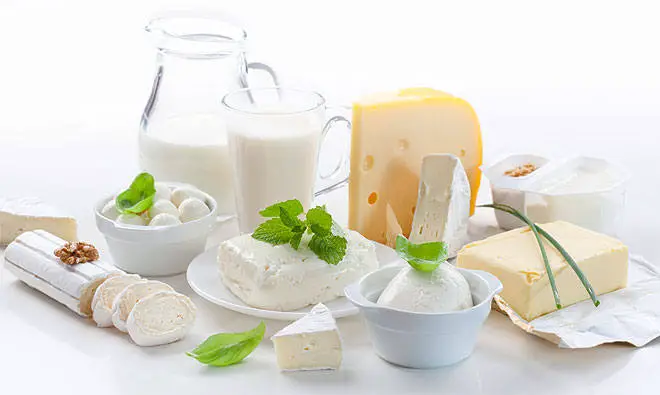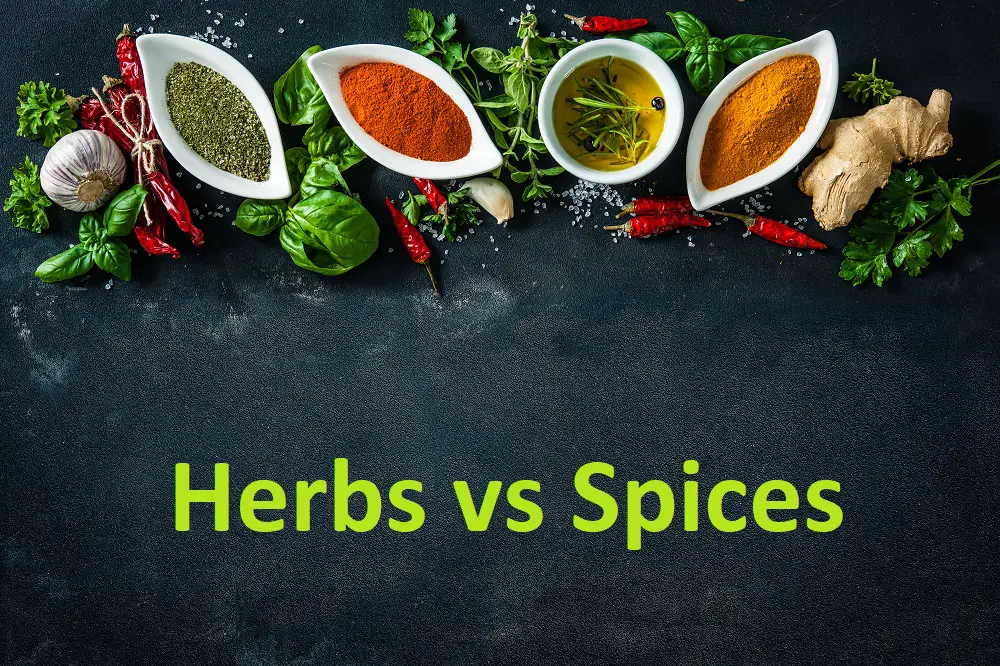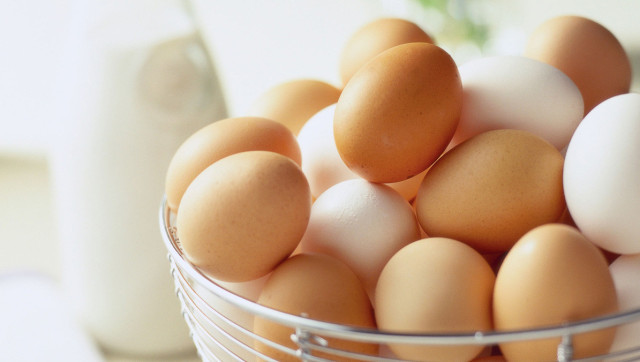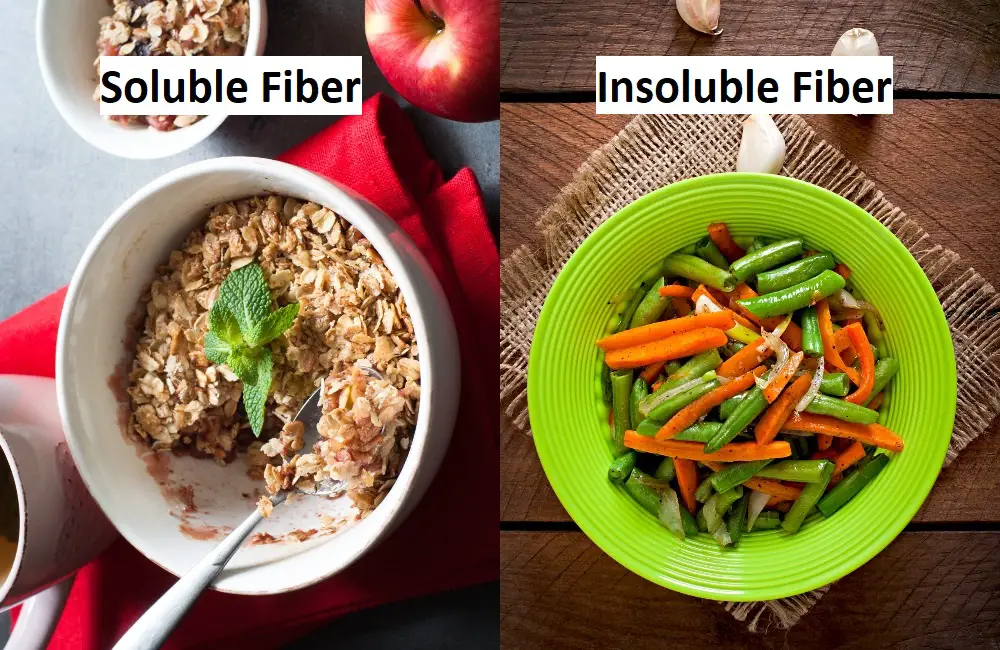Margarine Vs. Butter: What Are The Main Differences?
Some recipes call for butter, while others specify margarine. Some people prefer to use margarine rather than butter. Is there really a difference between the two? If there is a difference, what is it?
What is Butter

Butter is a dairy product that is made by churning milk or cream. By churning it, the butterfat is separated from the buttermilk. Most often, you will see butter made from cow’s milk, although some specialty stores will offer other varieties of butter. You can make butter at home using a churn.
There are different forms of butter such as sweet cream butter or whipped butter. Sweet cream butter is made by pasteurized cream before being churned. Whipped butter adds air to the butter as it is being churned to make it more spreadable. Whipped butter tends to have a lower fat content and fewer calories than regular butter.
What is Margarine
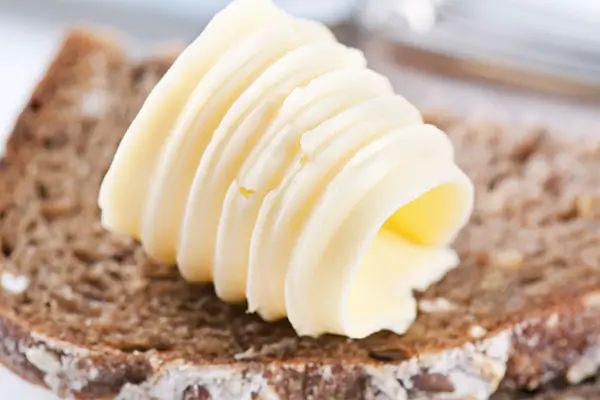
Margarine is a non-dairy product that was created as a substitute for butter. It was originally made from animal fat but has since been modified to be made from vegetable oil, water, emulsifiers, salt and sometimes milk. You cannot make margarine at home; it has to be purchased at a store.
Margarine comes in several different brands and each brand is different. Margarine lacks the cholesterol and saturated fats that are found in butter. But it does contain higher percentages of polyunsaturated and monounsaturated fats. Know the difference between saturated and unsaturated fats.
Use in Recipes
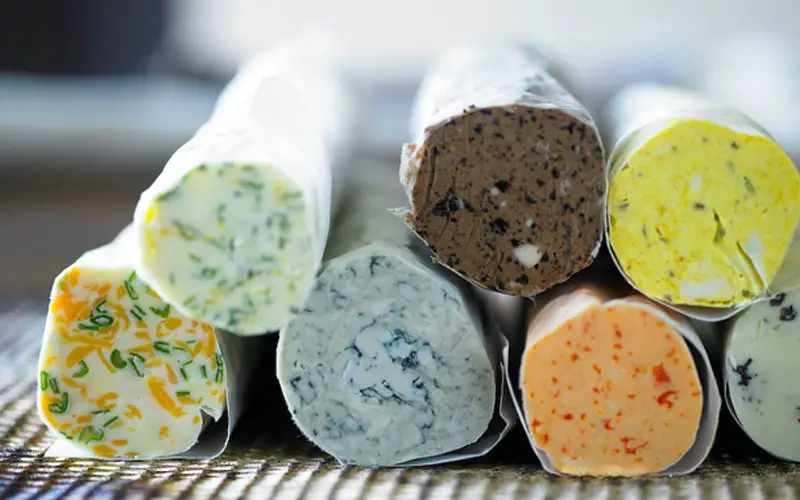
Some people will use butter and margarine interchangeably in recipes. However, certain recipes need the extra fat content of real butter rather than the lower fat content of margarine. It is always recommended that you use the product that your recipe is calling for to ensure that the recipe turns out right.
Recommended for You:
Difference Between Butter and Margarine: A Table
Butter |
Margarine |
|
|
|
|
|
|
